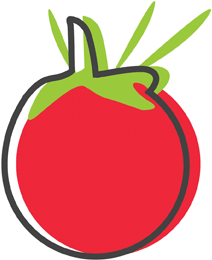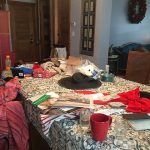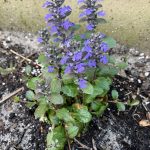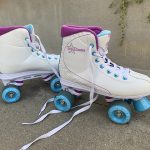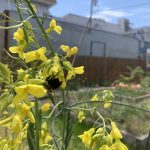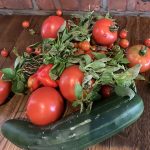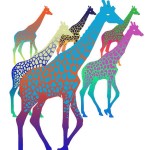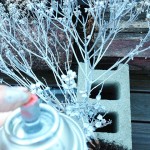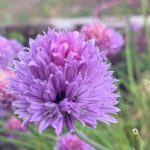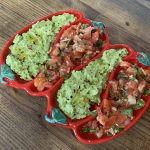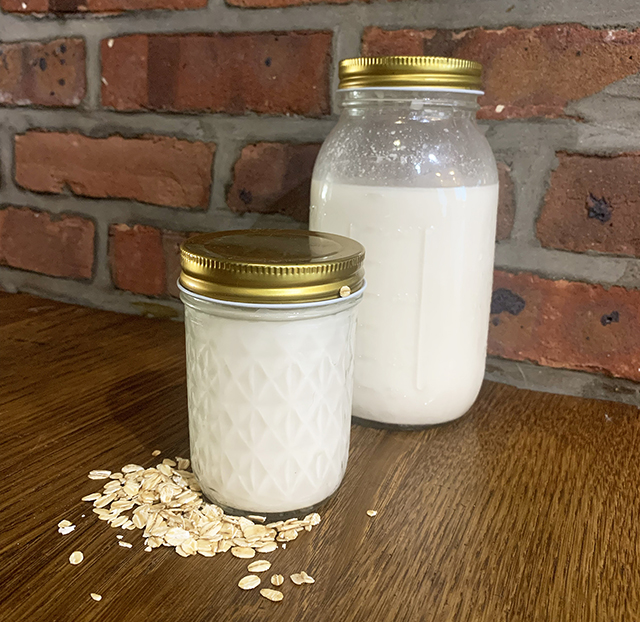
My friend Magara invited a few of us over for dinner and served homemade oat milk shots for dessert. How creative, right? I couldn’t believe the warm, oat-y taste! The oat milk was rich and creamy with the perfect balance of sweetness. I enjoyed it so much (and can’t stop talking about it) that Magara gifted me a nut milk bag so I can start making my own oat milk.
One challenge with oat milk is a potentially gluey texture. It’s the starch in oats that can cause this because starch is not soluble in water. But do not fret–follow Magara’s pro tips and all will go smoothly: Use ice-cold water. Don’t soak the oats. Don’t over-blend. Don’t over-strain the oat milk in the muslin bag.
Here’s the recipe:
DIY Oat Milk
Equipment:
Blender
Nut milk bag
Jar with lid
Ingredients:
1 cup whole rolled oats
3-4 cups ice cold water (3 cups will make for thicker milk)
1 teaspoon vanilla extract or other organic sweetener (experiment with the amount based on your sweetness preference)
¼ tablespoon salt
1 tablespoon coconut oil (Magara’s secret ingredient…not anymore, whoops)
Directions:
Combine all ingredients in a blender and pulse for 30-45 seconds. Over a large mixing bowl with a pouring spout, carefully pour the mixture into the nut milk bag to separate the pulp. Gently squeeze the liquid through. Transfer the oat milk from the bowl into a jar and lid tightly. Refrigerate and store for up to five days. Note: separation is totally normal with oat and other plant-based milks, shake before use. Clean the nut milk bag with light dish soap right away to prevent the cloth from plugging up.
My oat milk didn’t taste as creamy and delicious as Magara’s. I worked with four cups, and next go-around I will try three cups to create more thickness. I will say, though, I’m very happy with my first attempt, and I’m all in to keep practicing.
Making homemade oat milk is much more affordable than store-bought. And it’s fun to make – experiment with different sweeteners such as nutmeg, chocolate, honey, or maple syrup. Be cute and gift jars with ribbons to your friends. Serve in a fun way like dessert shots topped with cinnamon. Make healthy smoothies. Use with granola cereal, serve with coffee at brunch, or straight up!

Magara Holton is not only an expert oat milk-maker, she is the first place winner of the 2022 best pie competition sponsored by The Rockaway Hotel.
Follow me for the everyday in the kitchen on Instagram: @theglorifiedtomato.
by Paula D.
on July 10, 2023 9:11 am in Drinks
“All the Italians in the old neighborhood drank them,” my friend Keith said. He remembers his father sitting on the stoop at their home in East New York, 30 years ago. Mr. Vittore would crack open an ice-cold Manhattan Special, gulping the caffeine boost down, during those sultry, dog-days of summer.
The Manhattan Special is the world’s most delicious pure espresso coffee soda, says the company’s website… and me… and every Italian man in New York over the age of 65.
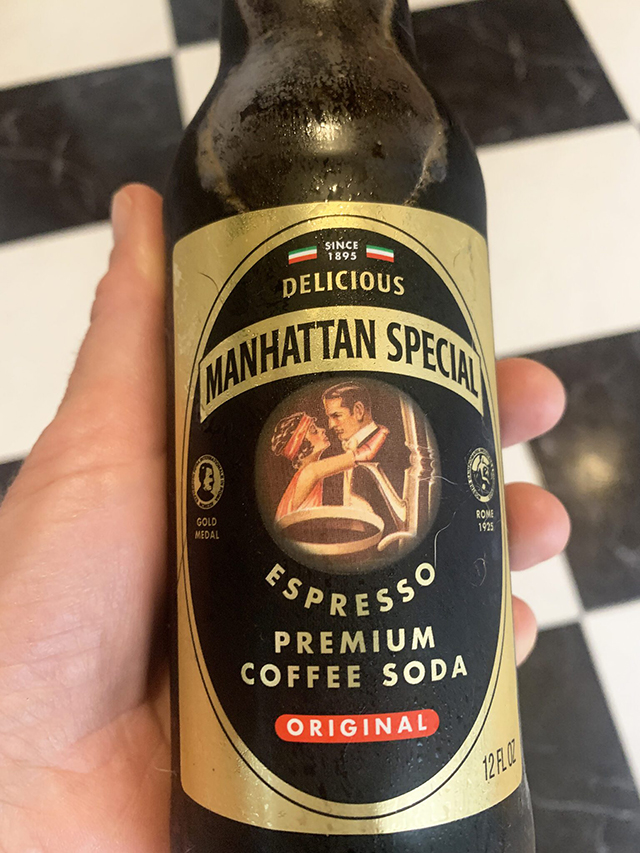
The icon design has not altered much in the 128 years the beverage has been on the market.
The ingredients are simple: hand-brewed espresso, seltzer, and pure sugar cane. The flavor of this forgotten Italian bev is akin to a smoky-sweet, coffee-creamed soda. The precise carbonation component is what elevates this soda to “world’s best.” Chill it in the freezer for 10 minutes and enjoy the drink ice cold. Don’t put it over ice though! Doing so will zap out the special fizz. Make it dessert-y by adding cream or amaretto. The caffeine numbers are a mystery. Those stats are not labeled on the bottle and I couldn’t find the count online. But from personal experience, lemme tell ya, it’s mad strong.

Keith Vittore knocking back a cold Manhattan Special.
The transplants in Williamsburg blindly walk by the bottling factory on the corner of Manhattan Avenue (its namesake) and Skillman, day after day, unaware of the history they pass and the memories held inside. The Manhattan Special bottling plant has been in operation since 1895. Somehow the 4th generation, the family-owned business managed to keep its foothold throughout Williamsburg’s transformation. The company is owned by the Passaro family, Italian immigrants who found the American dream in a little glass bottle.
Speaking of the metal-capped bottle, its label is exemplary. It awakens old New York. The gold and black classy design features a 1920s-era couple embracing. They gaze into each other’s eyes. In the foreground, an espresso pot and a cup filled with caffè is illustrated. It seems the depiction has not altered much in the 128 years the beverage has been on the market, underscoring its authenticity.
by Paula D.
on June 22, 2023 6:29 am in Community
I texted my father right away when I saw the Child of Prague appeared at the far end of the path in my garden. He said, “Paula, this is a gift from God!” I said, “Dad, it is actually a gift from my friend Teresa.”
Tony’s on Knickerbocker Avenue* is Teresa Farrell’s favorite pizza joint in the city. She wears an Italian horn around her neck, so obviously she knows what the deal is. Above the dough-making counter sits a precious, 17 inch, flamboyantly dressed Child of Prague statue. Sometimes, Teresa and I interchange the figure’s given name with “The Child of Pizza.”
After Teresa took me to Tony’s a couple of months ago, she generously gave me a one inch Infant Child of Prague to commemorate our evening. He lives in my kitchen, just like the one at Tony’s. For that reason, when the “larger” statue appeared in my garden, I had a premonition that it was set forth by Teresa, not God… Six of one?
My Father called me shortly after I shared the exciting news about the sanctified presence. He said receiving this statue is a very special blessing, especially since it was found in my garden. The Irish place the Child of Prague outside a brides home before her wedding, to ensure a sunny day. I’m not sure how this applies to me, but I like sunshine, and the sun makes tomato plants pop, so there’s that.
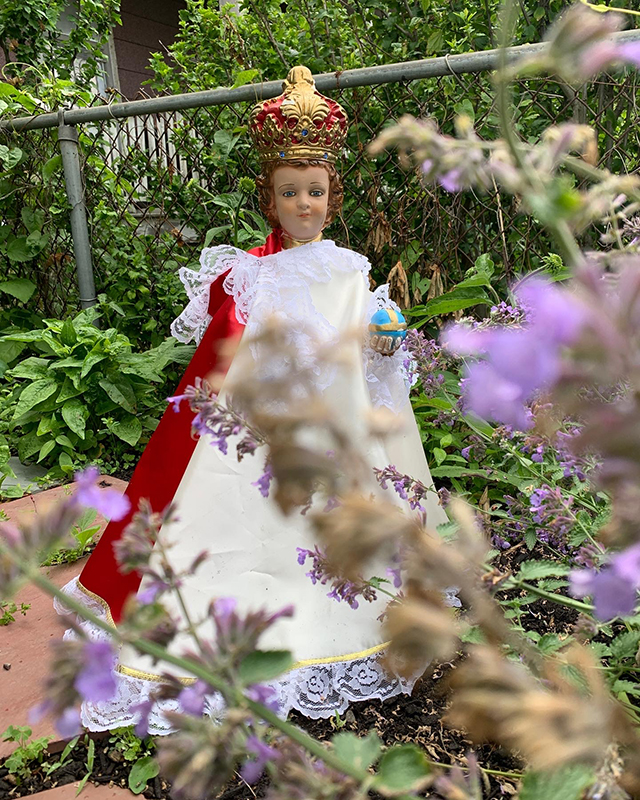
The physical significance of the King Child’s smallness reminds us of the fragility of humanity. It calls us to be humble; to practice humility and through our days, express sincerity to our neighbors.
I asked my father if I should leave the Infant Child in the garden even though he is made of plaster and he’s wearing satin. I feel the garden is where Teresa and God wants him to be. Dad became alarmed! He said, “Bring the delicate child inside!” In an effort to convince me, he continued, “Jesus’ red cloak will match your kitchen. He’ll look nice on top of your refrigerator.” I can’t decide what to do. As of now, he lives outside in the garden but I take him inside when it rains.
People around town, in the know, know about the holy dumpster. The container in Rockaway Beach was filled with hundreds of Catholic relics. The treasure trove is a mystery, and so, the chosen ones, recognized the dumpster as a divine community gift, filled with miracles. This is where my Child of Prague emerged from. The significance of its dumpster origin is mind-blowing actually.
Why? In the 17th century, during the Thirty Years’ War, after the Saxon’s left Prague in plundered, the holy statue – said to have belonged to the Spanish mystic Teresa of Ávila – was rediscovered in the monastery by monks, in a pile of trash. The figure’s hand was broken. Today, it is very common and accepted that The Child of Prague is displayed with broken parts, as mine lives.
Pray to the Blessed Child of Prague when you feel shattered. Offer prayers for children who are victims of violence or abuse and for broken families and relationships. Seek hope from the Infant Jesus for people struggling financially and for those who are emotionally or spiritually impoverished and for people who suffer social injustices.
January 14 is the Feast of the Infant Jesus of Prague which celebrates the mystery of the Incarnation.
*There are two Tony’s on Knickerbocker Ave. (So New York) Go to the one on the corner, with the blessed pizza.
It was the day after the “apocalypse.” The dangerous air quality conditions from the Canadian wildfires cleared. It was safe to breathe the air again. I went outside to check if the backyard garden needed watering, but I was distracted by a “honking” nose. I looked towards the sky and there, I saw a flying dinosaur! It launched from the roof of my neighbor’s house into the towering tree of heaven in the corner of my yard. It landed on a long branch, settling in next to its lover.
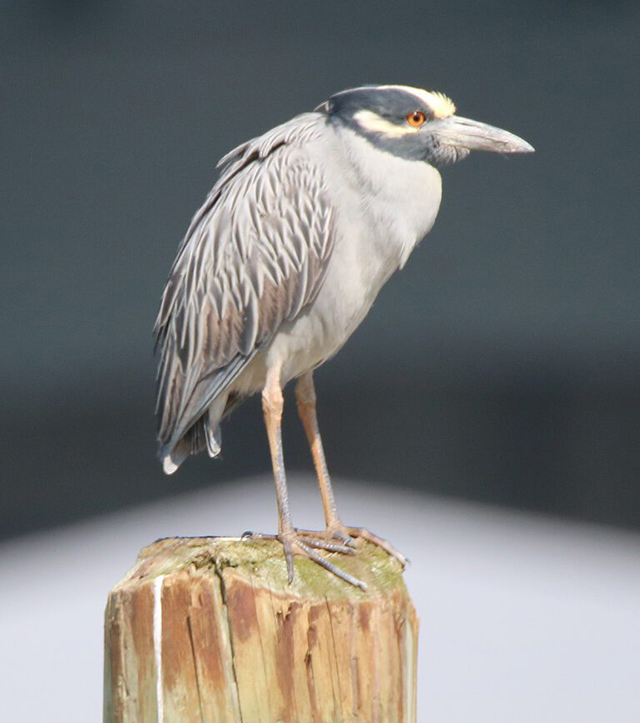
A Heron perched at Jamaica Bay, spring 2020. Photo by Bridget Klapinski
I was thrilled to witness this beautiful nature moment! But what was I looking at? I googled “dinosaur-like bird with black and white feathered wings, Northeast.” Nada. I posted a blurry in-flight photo on Instagram for identification help. Within minutes, my birder friend Bridget responded, “Yellow-crowned night-herons!”
Bridget explained that normally you see herons living on the bayside and in Jamaica Bay, where they feed on brackish shellfish. But she added that it’s not uncommon to see this bird in tall trees near marshlands. There was a pair nesting in a tree by Connolly’s last season, she recalled.
I spent some time with my visitors. Their goose-like bodies were covered in shades of gray, with specs of white-striped feathers. Their lanky orange limbs and darting eyes felt prehistoric. The heads were boldly black and white. I witnessed a sudden “poof” of beautiful, light orange plumes popping from one’s crown! The fowl’s movements were awkward. The bird’s neck extended slowly. Their bodies appeared too large and out of place on the wobbly branch they took rest on.
Then things got strange…er. I heard loud, incessant bird chatter. I looked at the herons. They were chill. They didn’t seem to be the source of the egregious sounds. I investigated the whole backyard. I popped my head over fences. I went inside and looked out my window at my neighbor’s tree… nothing. I went back outside and sensed the squawking in question was coming from the apartment building behind my house.
A few hours passed, and I started to receive a slew of texts from my neighbors about the noise (they saw my Instagram post). But I told them, “It’s not my yellow-crowned night-herons!” Now I was fielding messages about the egregious bird calls all day. 91st Street was dumbfounded and theories unfolded… “It’s a cockatoo in the building across the street;” “The air quality is back to normal, and the birds are poorly singing praise;” “Nesting birds nearby are sounding alarms due to the heron visit.”
The situation went from “nature’s gift” to “Someone needs to take these birds out.*” The chirping became unbearable for all on 91st Street. Confused and tired, we hoped it would end at nightfall and we’d wake up to silence.
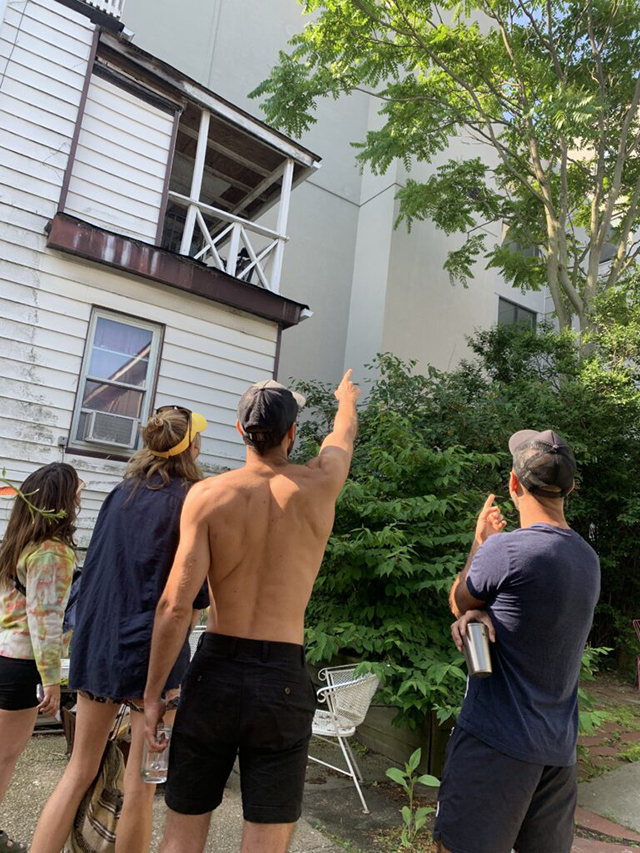
The neighbors investigating the exceptionally loud, perplexing bird sounds.
But that’s not what happened. “I can’t take another day!” I’d thought. I escaped and headed to Washed Up Cafe. The bird noise theories continued over coffee. I brought the group back to my house to investigate in person. My neighbor Fredrico pointed to a miniature chokecherry tree in the courtyard across the way. “It sounds repetitive,” he said. “It’s coming from that tree!” I glanced at birder Bridget. Her mind was churning…“It’s a recording!” We spotted a green box on the chokecherry. Unbelievable! The sound was emanating from an automated, electronic bird caller. We believe it was installed to repel birds, yet it didn’t seem to phase the herons. The mechanism was disabled, and all was restored to a peaceful, natural state.
The next day, I saw the herons pull twigs from the tree and place them quite particularly on the limb they have been occupying. DFD’s? I don’t think so. It seems they may be nesting for the summer!
*Birdbrains, note this is a joke! In fact, yellow-crowned night-herons are defined as a Protected Bird by New York State law, and the species may not be hunted, harmed nor taken out at any time.










